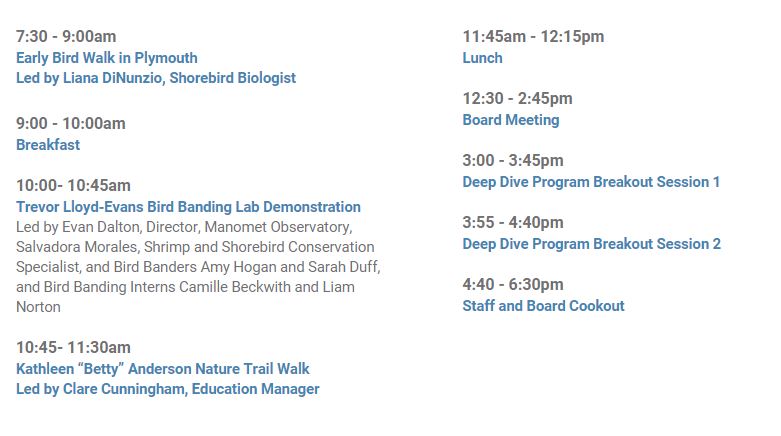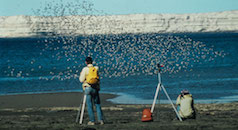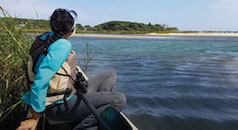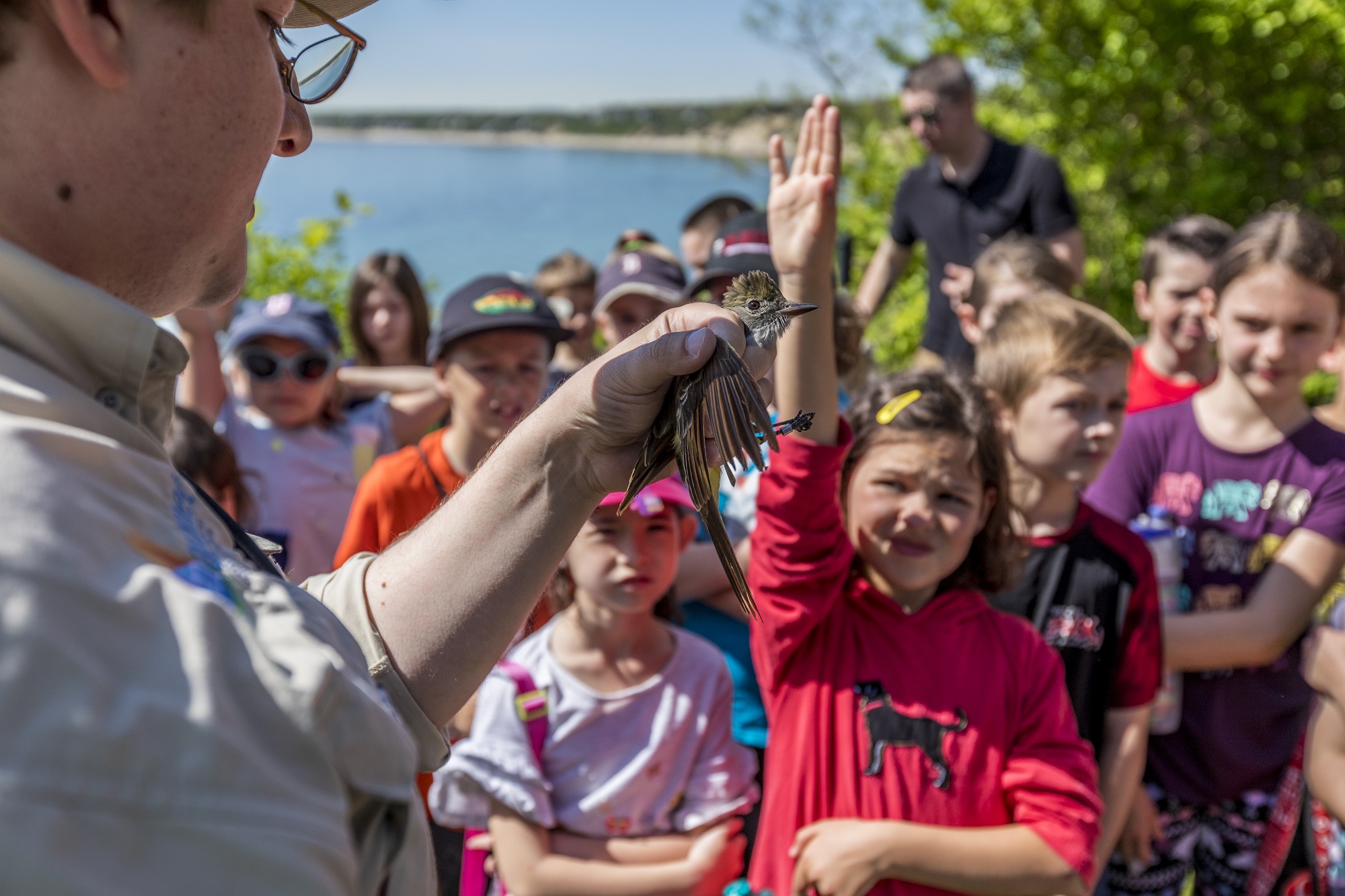The Manomet Annual Board of Trustees meeting will go from 12:30 – 2:45pm, and will include lunch beforehand, if you’d like to join us. We are also offering some optional opportunities both before and after the meeting, including a bird walk, a demonstration of the banding lab, and breakout sessions to meet our scientists and dig deeper into our work.
Please RSVP for each session using the form in the RSVP link below by Friday, May 17th.
ZOOM:
For those unable to attend in person, Zoom Links will be available for the Board Meeting and the Breakout Sessions.
PARKING:
On June 6th, the employee parking lot will be reserved for trustees and councilors attending the Annual Meeting. For those that require accommodation, there are multiple accessible parking spots directly outside of the main building.
QUESTIONS?
We look forward to seeing you! Feel free to contact Linda Harding at lharding@manomet.org with any questions.
SCHEDULE:

Working with Partners to Save the Saline Lakes of the Americas
Marcela Castellino, Saline Lakes Conservation Specialist
Marina Castellino, Education and Youth Engagement Specialist
Throughout the Americas, millions of migratory shorebirds depend upon saline lakes. These lakes and their water sources also benefit millions of people, their livelihoods, and their quality of life. Yet, alarming stories and photos of drying (and dying) lakes point to the devastating impacts that arise when too much water is extracted from the lakes or their inflows. One of the species most dependent on saline lakes is Wilson’s Phalarope. Through the lens of this species, we will share how Manomet is working to build a coalition of partners to conserve the saline lakes network through a combination of research, monitoring, education, and community engagement.
Available on Zoom.
Coalitions for Shorebird Conservation
Brad Winn, Vice President, Resilient Habitats
Rob Clay, Ph.D., Vice President, Flyways
Long-lasting conservation success for migratory shorebirds requires strategic collaboration among many stakeholders both at the local level and across each species’ full geographic range. Since 2020, Manomet’s “Coalitions” approach has been making significant strides with key stakeholders to address threats at 17 priority sites throughout the Americas. This concerted effort has brought together 130 organizations to inform management on 741,000 acres of critical shorebird habitat. During the breakout, we will share this notable progress and present a vision for scaling-up the work.
Available on Zoom.
Participatory Mapping and Coastal Change
Marissa McMahan, Ph.D., Senior Director of Fisheries
Sarah Risley, Ph.D. Candidate, Ecology and Environmental Sciences, University of Maine
Join Marissa for a fun and interactive session that will explore how we’re using participatory mapping to document coastal change and understand how those changes impact shellfish harvesters and coastal community members. During this time, participants will engage in activities that reflect on their own observations of coastal changes.
This hands-on interactive session will not be available on Zoom.
50 Years of the International Shorebird Survey
Juliana Bosi de Almeida, Ph.D., Managing Director, Flyways
Arne J. Lesterhuis, Senior Shorebird Conservation Specialist
The International Shorebird Survey (ISS) is the longest-running shorebird monitoring program in the Americas. Over 2,450 volunteers have surveyed nearly 70 million shorebirds at over 9,700 sites in 36 countries since 1974. Survey data have facilitated the identification of important areas for migratory shorebirds, supported the nomination of WHSRN sites, and been a reliable data set to assess shorebird population status and trends, used, for example, in the State of the Birds of North America reports, and in the 2023 publication that revealed the loss of more than half of shorebird populations since the 1980s. ISS has a long history in Latin America, where almost no similar long-term data sets exist. We will highlight efforts to strengthen ISS in Latin America and use results from ISS Brazil as an example of the challenges and opportunities to grow the network of volunteers and ensure that during the next 50 years, we have the data necessary to conduct flyway-scale analyses of the state of shorebird populations.
Available on Zoom.




